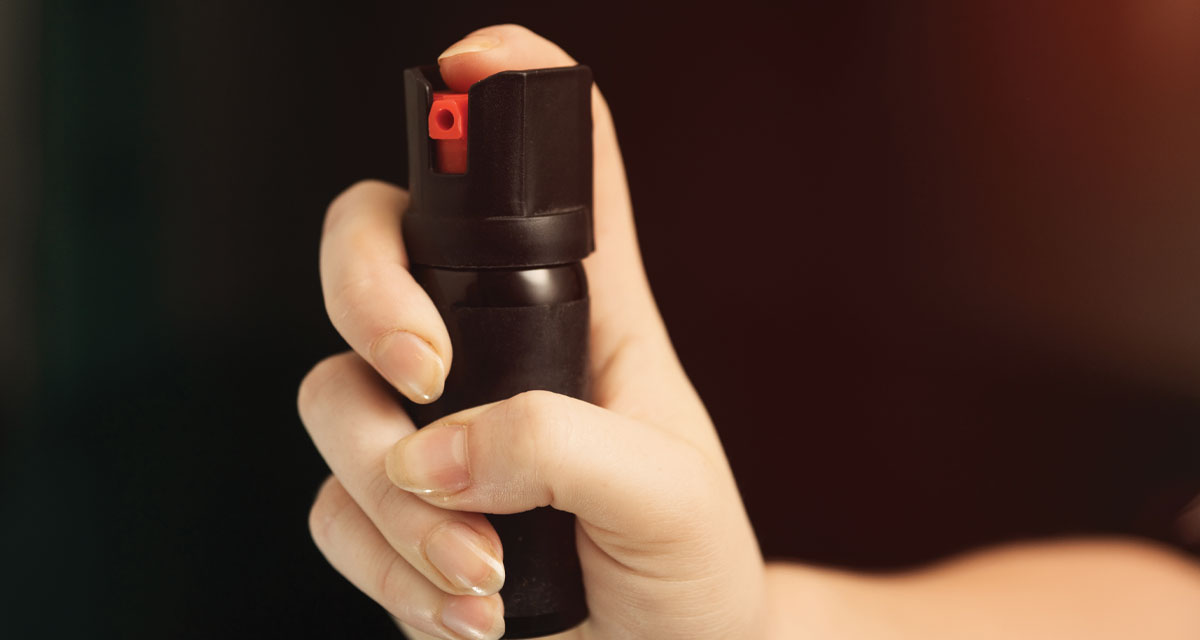“What-If,” the worrisome words, arrive in the consciously spinning topics in our minds, from safety and financial security to loved ones and pet health. Asking, “What can I do?” leads to a proactive decision to invest time in the ultimate insurance policy: valuable life skills comprising security, shelter, food, water, and medical care! In any emergency, from extreme weather to a personal disaster, you have the power to take charge of your fate by making plans and taking action!
“Self-defense” feels like a term implying an action using the skill of martial arts or gear, from pepper spray to a knife or handgun. But without training from a professional, the best action is to practice “situational awareness.” Knowing how to avoid trouble is the best defense!
What is Situational Awareness?
Most attackers search for easy prey, an individual distracted by scrolling or talking while on their cell phone, lacking eye contact, holding a great weight, or showing their valuables. The first words of safety are “act smart and be careful”! Police officers and military members receive training in situational awareness. Walking in public places requires looking around, taking notice of faces and clothing. Do you wonder, “Is anything out of place?” There may be that one person wearing a long coat on a hot day who is scanning the area. Perhaps you continue to see the same person; are they buying anything or just watching you? Are there people standing around in a parking lot, close to your vehicle? Rather than tempt your inner rising alarm, your action plan should begin with avoiding risk. Exit the premises immediately and either join a large group of people or ask a store owner, security or police officer, if nearby, for assistance.
The 21-Foot Rule
A police officer in Utah once sought to know the proximity of an attacking knife wielder. The results were that the average person, from a standstill, could move 21 feet in 1.5 seconds and 32 feet in two seconds. However, it takes up to three seconds to realize you are being attacked.
Real-Life Scenarios
Thinking a situation has never happened before does not imply it isn’t a possibility. Community violence impacts all of us. Each year, 1.5 million Americans are treated for assault; one in four women experience sexual or physical violence or stalking by an intimate partner. Just imagine a person standing six feet away, pulling out a knife, and asking for your wallet. What do you do? The probability of the knife being thrown at you is low. Is there a possibility for you to run? Are there people around? A victim has time, mere seconds, to think. Kevin Michalowski of “U.S. Conceal Carry writes,” “It is not your gear that is most important in the five to ten seconds during a self-defense situation; instead, it is your thoughts and actions leading up to that little window that truly makes the difference between life and death.” Start practicing what-if scenarios to reduce your fear and have a premeditated escape plan.
Always:
- Keep your cell phone ready.
- Carry a purse with a body strap to keep your hands free.
- Walk to doors and vehicles with the key fob or key in your hand.
- Befriend security; small interactions will ensure someone is looking out for you.
- Remain close to people who offer protection, such as security guards, police officers, and bouncers.
- Keep a pair of comfortable walking shoes at the office and in your car.
An attacker will avoid anyone with a confident posture, a calm demeanor, and a direct stare! Always remember that logic and emotion cannot mix.
What Gear is Helpful?
Women often carry self-defense tools, such as pepper spray, a personal alarm, an emergency whistle, or a lipstick taser, to feel well-protected; however, simply having it isn’t enough. Every tool requires practice. Pepper spray, for instance, should not be at the bottom of a purse or glove compartment. Choose a location to carry it daily, such a belt holster or coat pocket. Avoid putting it on a key chain. Take the time to check the expiration date. When using, stand at a distance from three to ten feet with knees bent, and cover your face. Without practice, the attempt to hold down the trigger is futile!
Next Month: Understanding Conceal Carry Certification























